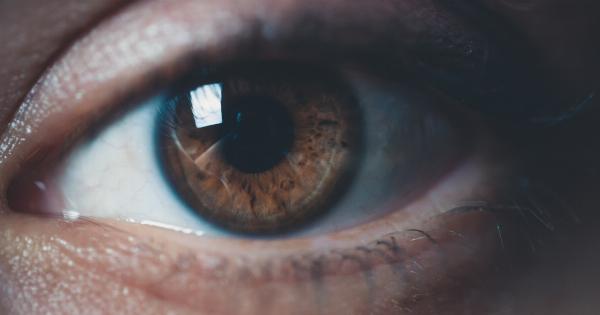Radial hyperkeratosis is a skin condition that affects the palms of the hands and soles of the feet. It is characterized by the thickening of the outer layer of the skin, known as the epidermis, and the formation of rough, scaly patches or calluses.
While this condition may not be a cause for immediate concern, it can be uncomfortable and may indicate an underlying issue that requires medical attention.
What Causes Radial Hyperkeratosis?
The exact cause of radial hyperkeratosis is not known. However, it is believed to be a result of excessive friction or pressure on the skin.
Repetitive activities such as using hand tools, playing musical instruments, or walking long distances can contribute to the development of this condition. Additionally, people who have a family history of radial hyperkeratosis may be more prone to developing it.
Symptoms of Radial Hyperkeratosis
The most common symptom of radial hyperkeratosis is the presence of rough, scaly patches or calluses on the palms of the hands or soles of the feet. These patches may appear thick and yellowish in color.
Some individuals may also experience discomfort or pain when gripping objects or walking.
Diagnosis and Treatment
If you suspect that you have radial hyperkeratosis, it is important to consult a dermatologist for an accurate diagnosis. The dermatologist will examine the affected area and may perform a skin biopsy to rule out other possible causes.
Once diagnosed, treatment options for radial hyperkeratosis may include:.
1. Topical Treatments
Topical treatments such as moisturizers or keratolytic agents may be recommended to soften the thickened skin and promote its shedding. These treatments can help reduce the roughness and discomfort associated with radial hyperkeratosis.
2. Protective Measures
Avoiding activities that cause excessive friction or pressure on the affected areas can help prevent further irritation. Wearing well-fitting shoes and using padding or gloves can provide additional protection and reduce symptoms.
3. Occupational or Lifestyle Changes
If your occupation or lifestyle activities are causing the development or worsening of radial hyperkeratosis, it may be necessary to make some changes.
This could involve modifying certain work practices, using ergonomic tools, or taking breaks to rest your hands or feet.
4. Medical Procedures
In severe cases where conservative treatments fail to alleviate symptoms, medical procedures such as cryotherapy (freezing the affected area), electrosurgery (using electrical currents to remove the thickened skin), or laser therapy may be considered.
When to Seek Medical Attention
If you develop any worrisome symptoms or if the condition worsens despite self-care measures, it is important to seek medical attention.
This includes severe pain, bleeding, signs of infection (such as redness, swelling, or pus), or if the condition affects your ability to perform daily activities.
Conclusion
While radial hyperkeratosis may not be a cause for immediate concern, it can be uncomfortable and affect your quality of life.
Seeking medical attention and following appropriate treatment options can help manage the symptoms and prevent further complications. It is important to understand the underlying causes of this condition and take necessary precautions, especially if you have a predisposition to developing radial hyperkeratosis.




























